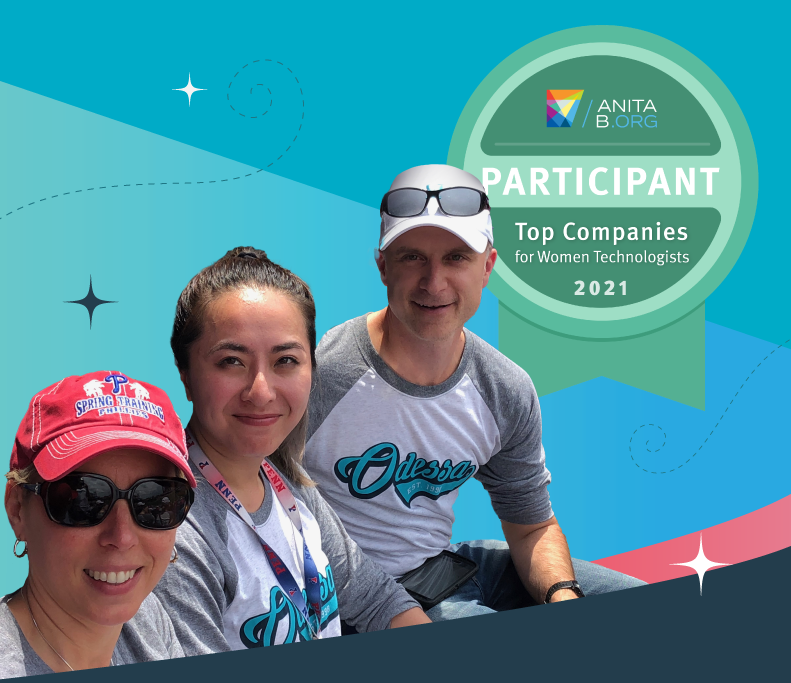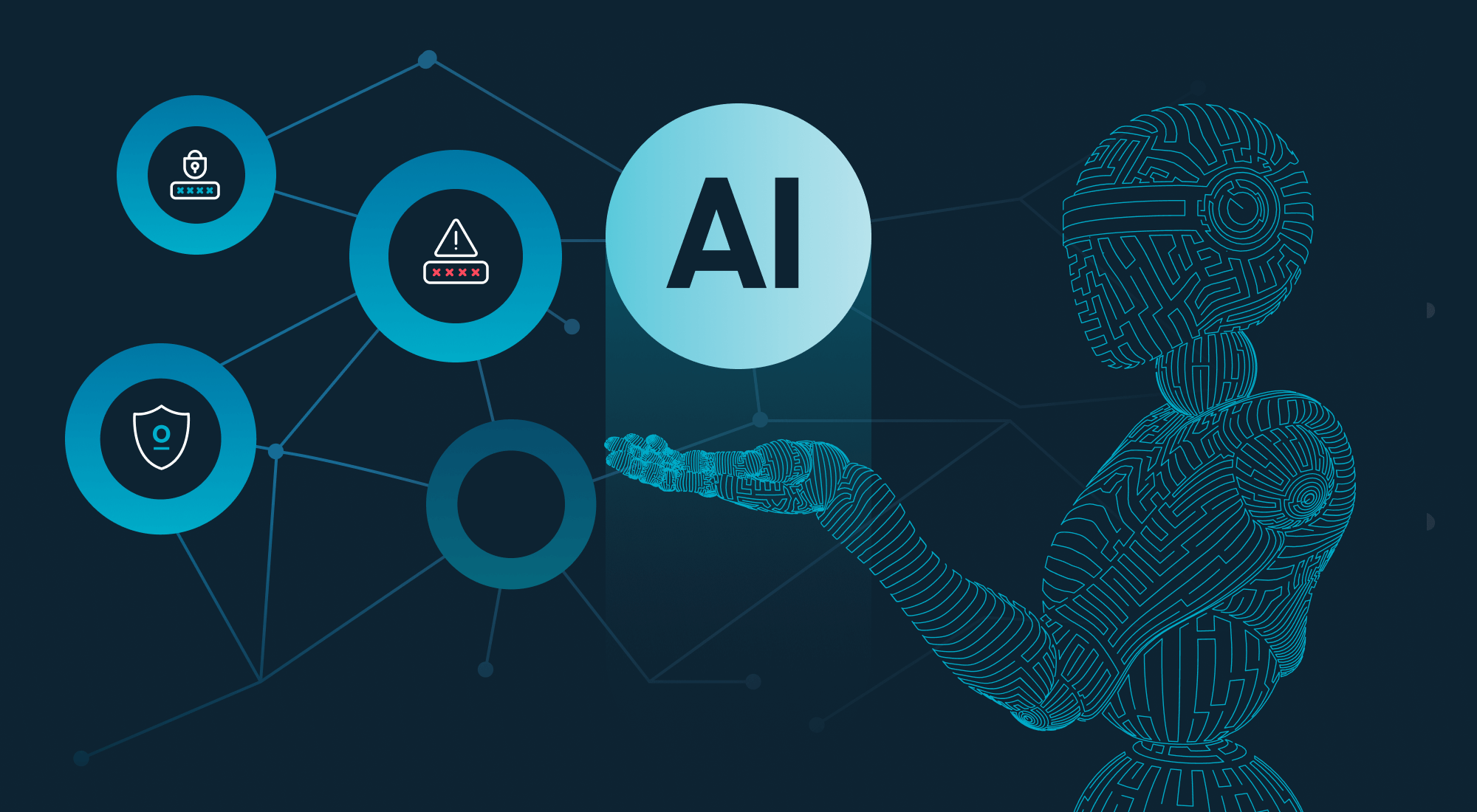AnitaB.org released its Top Companies for Women Technologists Report this week, the culmination of efforts in collecting and analyzing workforce data in the USA. We are happy to have been part of the national program that builds upon the great work that AnitaB.org has done since 2011, helping organizations gauge and identify areas to improve their commitment to diversity, equity, and inclusion that women employees look for in an employer. This year’s survey also included participation from globally recognized organizations like HP, PWC, Goldman Sachs, Morgan Stanley, AirBnB, Accenture, Citigroup, Amazon, and Dell among others.
- In 2021, they measured:
- 56 companies
- 552,751 technologists
- 79,163 women of color technologists
Odessa placed beyond average on almost all critical parameters such as the overall representation of women in technology roles both at entry and leadership levels, women hiring and retention rates, and the overall well-being of female employees.
Bridging the representation gap
Despite national conversations about gender diversity in tech, women are still underrepresented in the tech industry. While the percentage of employed women across all job sectors in the US has grown to 47%, the five largest tech companies on the planet only have a workforce of about 34.4% women.
The AnitaB.org report found that women's representation within new hires increased in January 2021 (31% of tech new hires were women), continuing a favorable trend of the last five years. However, many companies instituted hiring freezes for portions of 2020, causing an overall decrease in tech new hires. Because hiring is the primary driver of increasing diversity, decreased overall hiring resulted in a decrease in the amount of tech women hired (18% fewer tech women were brought into organizations). McKinsey’s 2021 Women in the Workplace Report further highlights the complex impact the pandemic has had on women in the workforce.
This lack of representation for women in tech can hinder a woman’s ability to succeed in the industry. It can put limits on their opportunities for mentorship and sponsorship and can lend to fostering “unconscious gender bias in company culture,” leaving many women “without a clear path forward,” according to a report from TrustRadius. The report found that 72% of women in tech report being outnumbered by men in business meetings by a ratio of at least 2:1, while 26% report being outnumbered by 5:1 or more.
There is hope, however, as AnitaB.org states – parity is possible.
Companies like Odessa are investing in diversity, equity, and inclusion not only in the hiring pipeline, but in our everyday actions, business priorities, and culture.
“We are championing that women do have a place in tech. Gender diversity – all diversity – in our teams means broader perspective and increased quality of ideas,” says Sahana Krish, VP, Technical Program Management. “When teams are inclusive, and individuals know their contributions are valued – that’s when we bring out the best in ourselves, for our colleagues and our customers.”
A call to action
The AnitaB.org report is clear – structural change must start with organizational change.
However, many companies have tended to focus their DEI efforts at the individual level – using strategies such as trainings, and conferences – because these are relatively cheap, quick to implement, and highly visible. Such surface-level efforts merely shift the burden of change away from organizations and onto individuals, including individuals from historically marginalized groups. To create true transformational change, companies should focus instead on unbiasing organizational policies, practices, systems, processes, and rewards. Companies should also target individual level training at leaders and management, to ensure that structural changes are successfully implemented. Companies that do the hard work of building equity into their structures will be able to more effectively train individual employees how to access, utilize and maintain that equity.
The most important move is the next one – just get started. At the top of the AnitaB.org companies list, ADP is building leadership capabilities to recognize and mitigate unconscious bias in over 2,000 leaders globally through training. The New York Times is focused on recruitment practices, starting with writing (because… New York Times!) more inclusive job descriptions.
At Odessa, we are working on breaking down barriers women face. From internship to executive, true diversity is only possible if we are building a pipeline to feed that outcome.
“Hiring talent in tech is incredibly competitive and potential employees choose businesses based on the employer brand and how much they value culture, diversity and balance – putting it into practice, not just words,” said Rachel Vennitti, AVP, People Success. “Our commitment is to create and nurture an environment where all team members can thrive.”
To read more about the AnitaB.org findings, check out the results page or interactive dashboard. To find something that you would love to do at Odessa, check out open positions.
Learn why companies trust Odessa to help deliver great stakeholder experiences.
Let’s Talk


